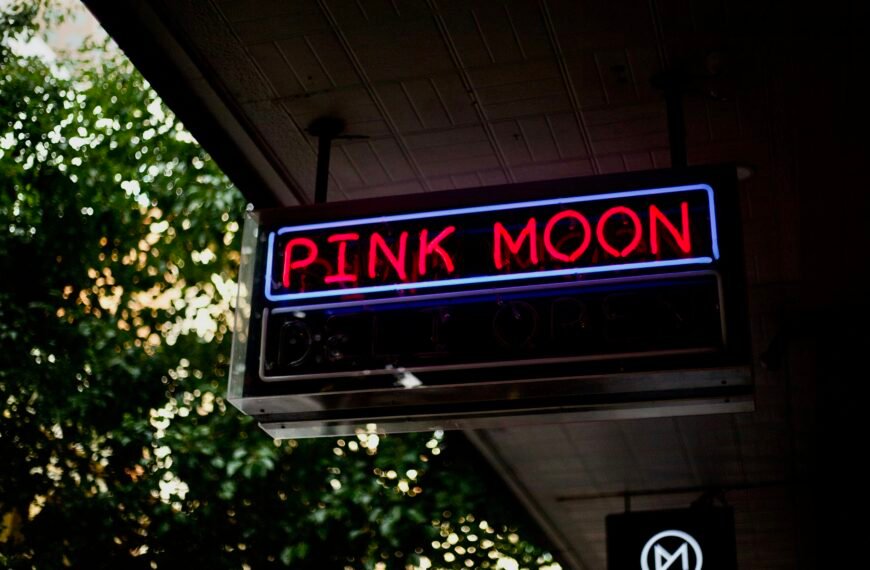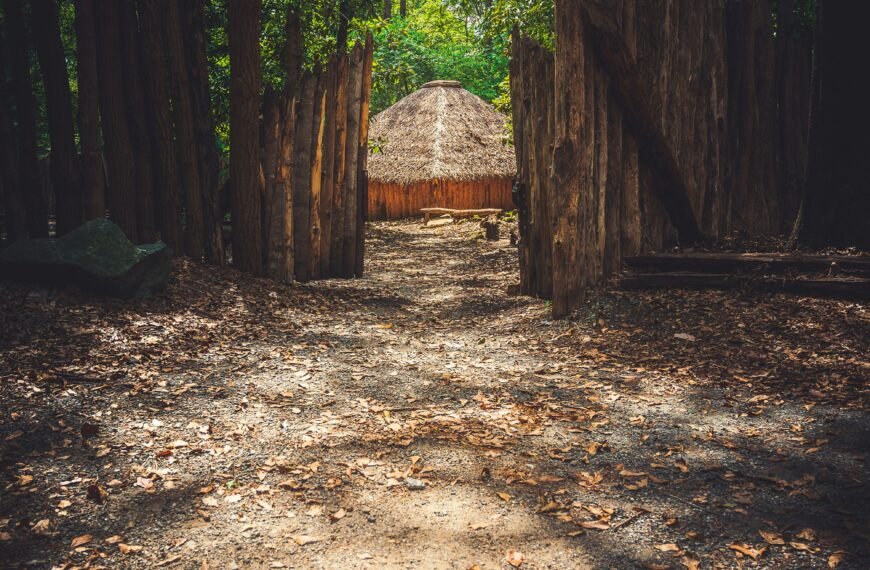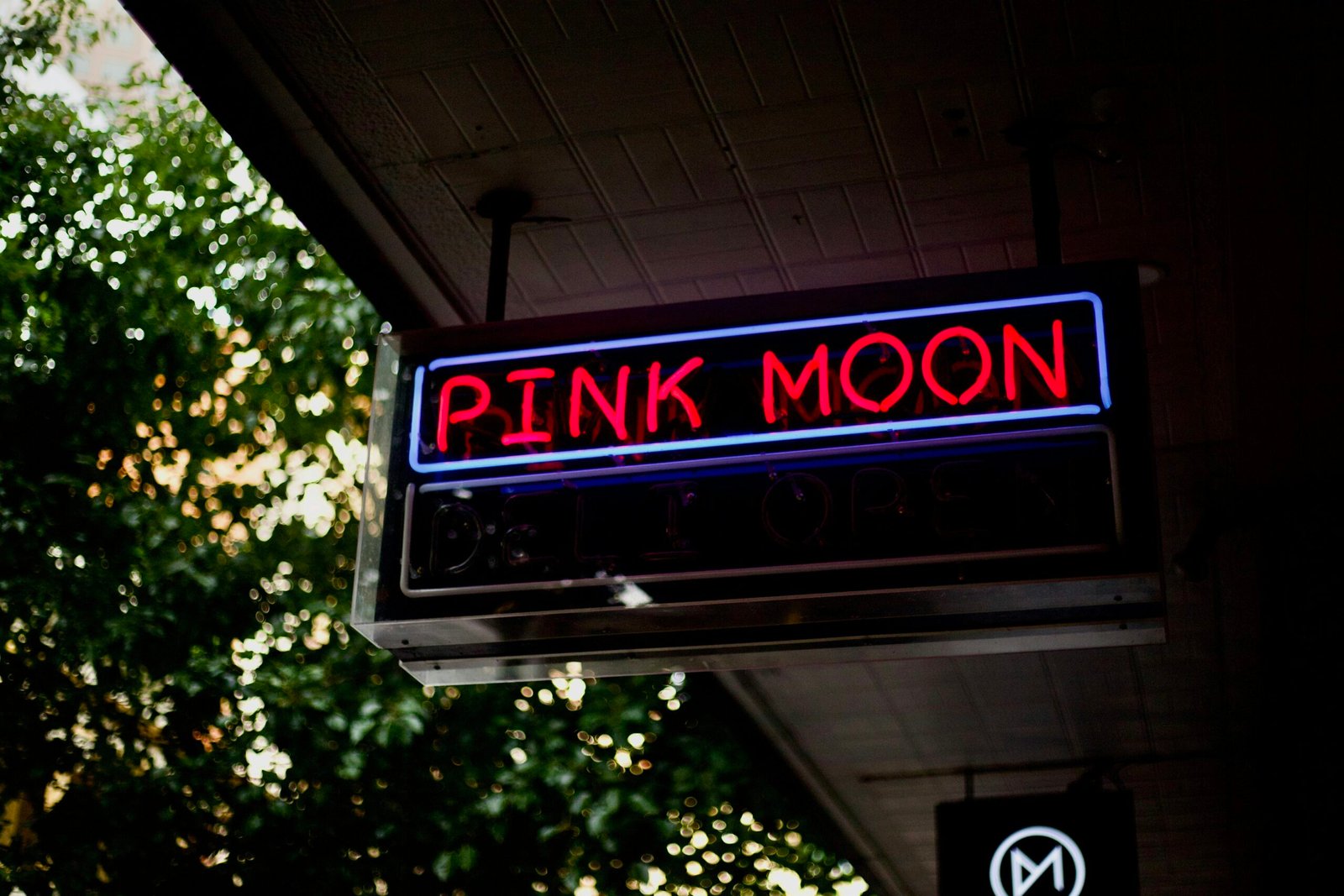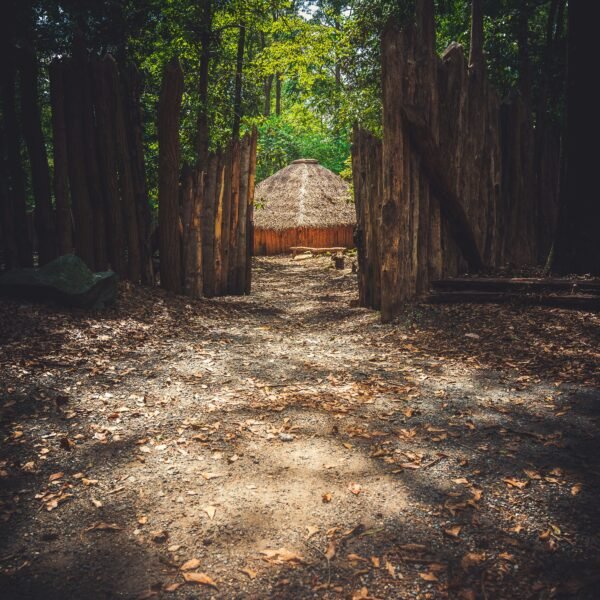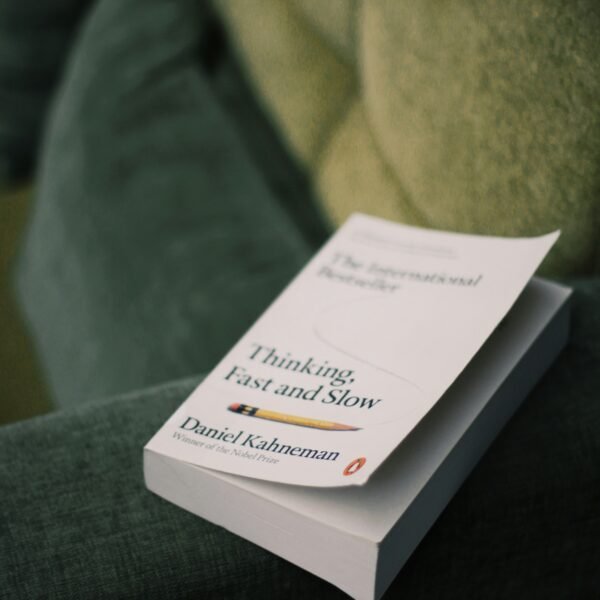Step into the world of Gala Porras-Kim, an interdisciplinary artist who challenges the traditional notions of museums and their relationship to artwork. In her latest exhibition, “Gala Porras-Kim: A Hand in Nature,” Porras-Kim delves into the complex issues of restitution and climate change. By displaying melting Antarctic ice cores and engaging in an “organic de-accession process,” Porras-Kim seeks to explore the preservation of ancient artifacts and the connection between old and new air. With a growing list of solo exhibitions under her belt, Porras-Kim brings a fresh perspective to the art world and invites museums to reconsider their approach.
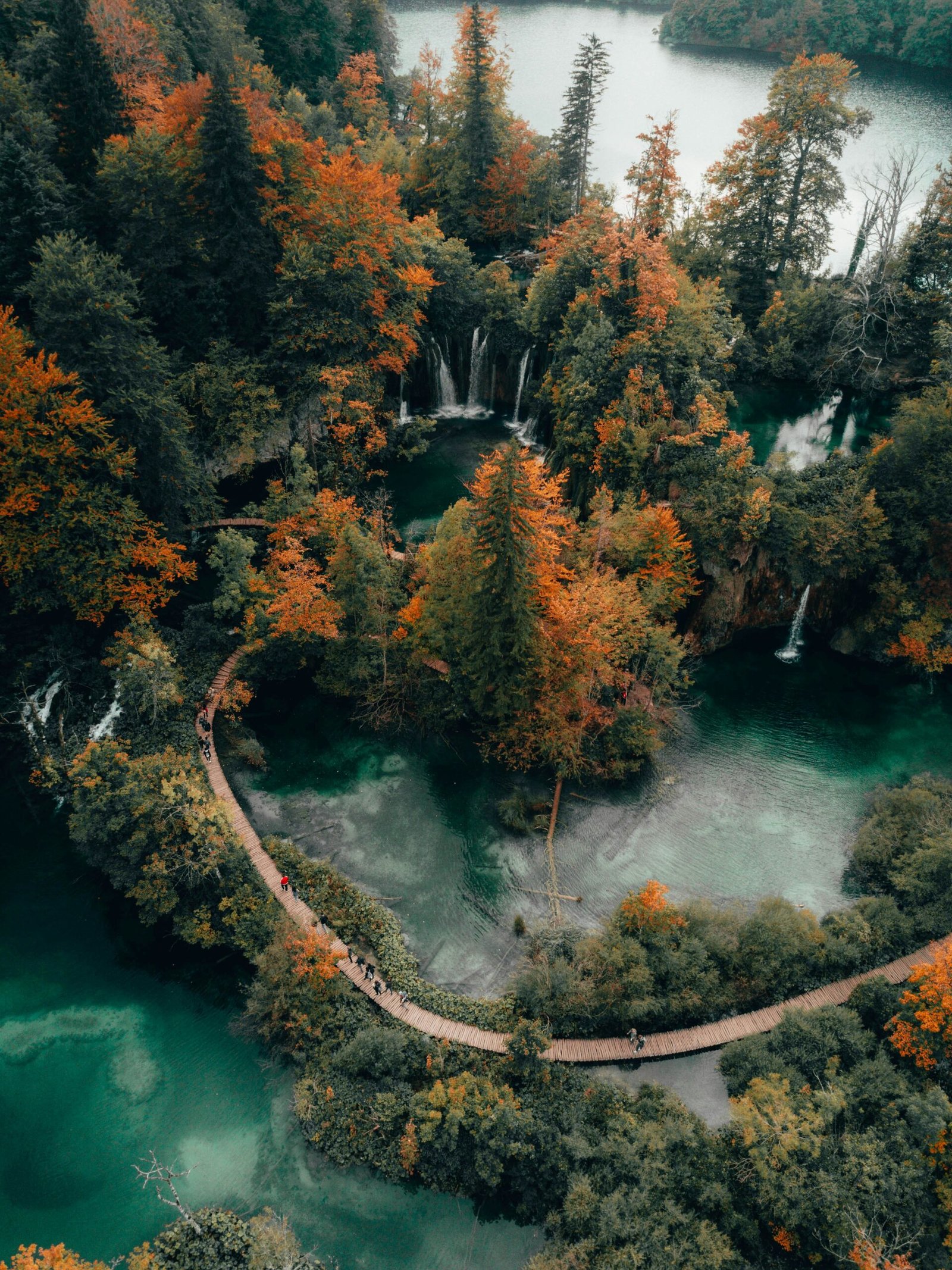
Gala Porras-Kim’s Artistic Approach
Gala Porras-Kim’s art is a unique and refreshing approach to institutional critique. She questions the traditional prioritization of material in museums and seeks to explore alternative ways of preservation that go beyond material objects. According to Porras-Kim, there are aspects beyond the material that could be preserved better, and she aims to shed light on those aspects through her artwork.
Exploring Institutional Critique
Porras-Kim’s artistic practice involves challenging and critiquing the institutional structures and practices of museums. She examines how museums collect and display artifacts from previous civilizations and raises important questions about the preservation and representation of these cultural objects. By questioning the status quo, Porras-Kim encourages museums to reevaluate their methods and consider alternative approaches to preservation and curation.
Questioning Museum Collections
One of the key aspects of Porras-Kim’s art is her interrogation of museum collections. She raises important questions about the origin and ownership of these artifacts, especially those from ancient and Indigenous cultures. Porras-Kim’s work challenges the dominant narratives presented by museums and calls for a reexamination and recontextualization of these cultural objects. She prompts viewers to reflect on the ways in which museums collect, interpret, and display these artifacts.
Debut of the ‘Ice Performance’
One of the most intriguing aspects of Porras-Kim’s recent exhibition at the Museum of Contemporary Art in Denver was the debut of her ‘ice performance.’ The exhibition featured cross-sections of an ice core from Antarctica’s Newall Glacier. These ice cores, obtained from the National Science Foundation’s Ice Core Facility, contained air trapped within the layers of ice, dating back thousands of years.
Porras-Kim’s ‘ice performance’ involved allowing an unsealed piece of the core to thaw on a silver tray during the exhibition opening and subsequent monthly intervals. This process released the ancient air into the room, creating a unique reunion of old and new air and symbolizing an ‘organic de-accession process.’ Through this performance, Porras-Kim explores the ephemeral nature of preservation and raises questions about the changing context and value of cultural artifacts.
Exhibition at MCA Denver
Porras-Kim’s exhibition at the Museum of Contemporary Art in Denver marks her largest solo museum show in the United States. It is a testament to her growing recognition and influence in the art world. Prior to this exhibition, Porras-Kim had showcased her work in several one-person exhibitions around the world, including venues such as the U.C.L.A. Fowler Museum, the Leeum, Samsung Museum of Art in Seoul, and the Museo Universitario Arte Contemporáneo in Mexico City.
Additionally, Porras-Kim has an upcoming solo show at the Carnegie Museum of Art in Pittsburgh, further solidifying her presence in the art world. Her exhibitions serve as platforms for critical dialogue and reflection, challenging traditional museum practices and inspiring change in the field.
Preservation and Display of Ancient Artifacts
A significant aspect of Porras-Kim’s artwork involves addressing the challenges associated with preserving ancient and Indigenous cultures through museum collections. She raises questions about the ethical implications of displaying cultural artifacts that have been removed from their original contexts. Porras-Kim advocates for a more holistic and contextual approach to restoration, emphasizing the importance of restoring spirituality and ritual to these objects.

Challenges in Preserving Ancient and Indigenous Culture
Preserving ancient and Indigenous cultures within museum collections poses unique challenges. These challenges include the ethical considerations of ownership, the cultural significance of objects, and the preservation of traditional knowledge and practices. By exploring these challenges, Porras-Kim highlights the importance of engaging in meaningful dialogues and collaborations with the communities from which these artifacts originated.
Debate over Restitution
The issue of restitution is at the forefront of discussions surrounding the preservation and display of ancient artifacts. Many argue that these objects should be returned to their countries of origin, while others advocate for their continued display in museums. Porras-Kim’s approach to restitution emphasizes the need for a nuanced understanding of the complex histories and power dynamics associated with these artifacts. She encourages museums to actively seek partnerships and collaborations with the communities impacted by colonialism and imperialism.
Porras-Kim’s Approach to Restoration
Porras-Kim’s approach to restoration goes beyond material preservation. She recognizes the importance of restoring spirituality and ritual to objects that have been displaced from their original contexts. By engaging in conversations with museum professionals, including directors, curators, and conservators, Porras-Kim aims to create a space for dialogue and collaboration. Her formal letters serve as records of these discussions and propose alternative approaches to restoration that prioritize cultural significance and community engagement.
Dialogues with Museum Professionals
Porras-Kim actively engages in dialogues with museum professionals to challenge and reshape traditional preservation practices. Through these conversations, she fosters a sense of collaboration and mutual understanding. By bringing together the perspectives of artists, museum professionals, and community members, Porras-Kim aims to create a more inclusive and holistic approach to preservation and display.
Formal Letters as Records of Discussions
Porras-Kim’s formal letters serve as tangible records of the discussions she has with museum professionals. These letters document the ideas and proposals shared during these conversations and provide a framework for future collaboration. By memorializing these dialogues, Porras-Kim ensures that the ideas and perspectives expressed are not forgotten and can serve as catalysts for change within the museum field.
Restoring Spirituality and Ritual to Objects
One of Porras-Kim’s fundamental goals is to restore spirituality and ritual to objects that have been removed from their original contexts. She recognizes that the preservation of cultural heritage extends beyond mere material preservation and emphasizes the importance of honoring the cultural and spiritual significance of these objects. By restoring spirituality and ritual, Porras-Kim seeks to reconnect these artifacts with their original contexts and create a more authentic representation of their cultural value.
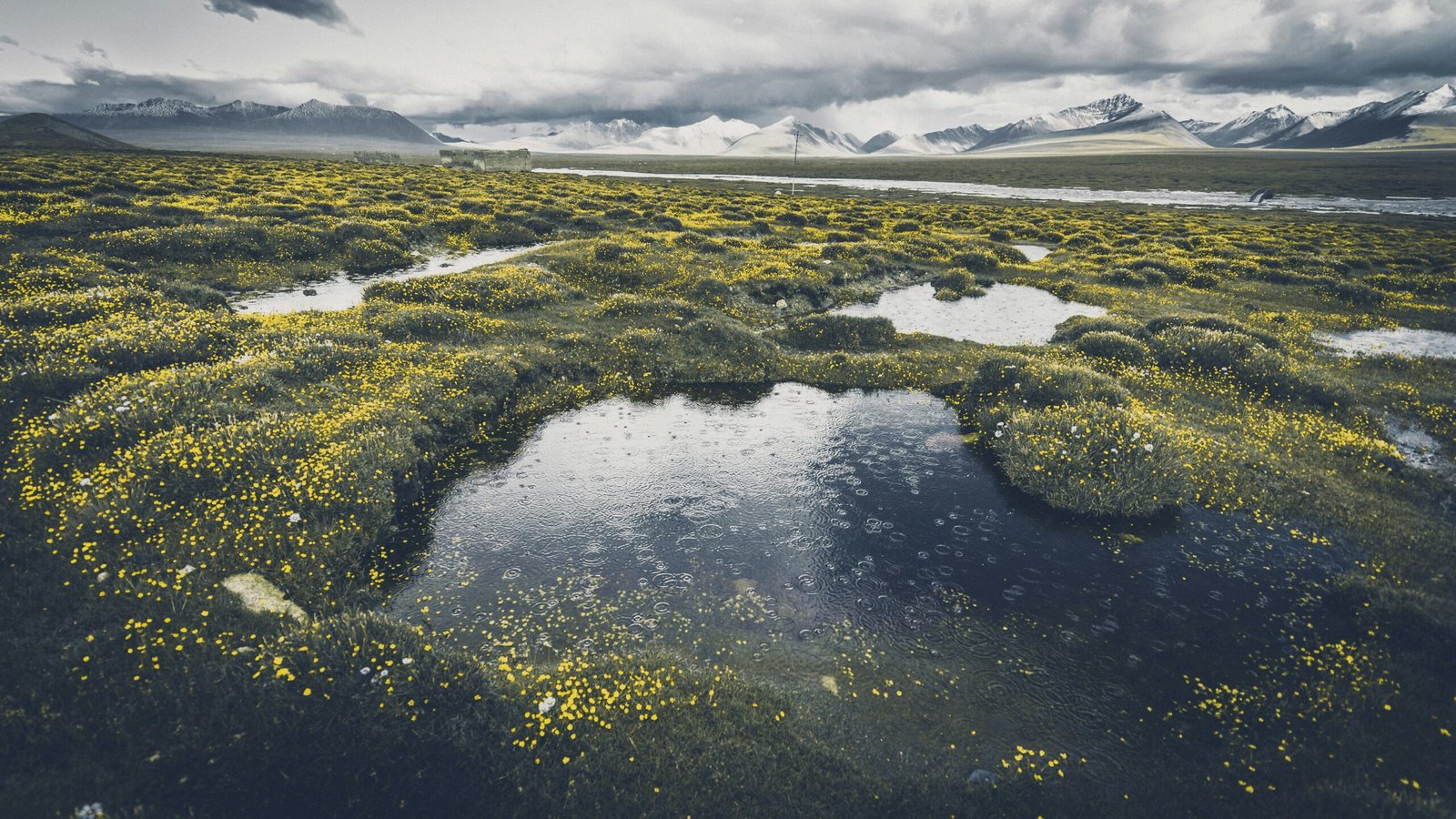
Museum’s Troubled Histories
Porras-Kim acknowledges the troubled histories of museums and the need to address these problematic pasts. Many museums have been complicit in the acquisition of looted or stolen artifacts, contributing to the erasure of cultural heritage and perpetuating colonial narratives. Porras-Kim believes that museums can learn valuable lessons from artists who challenge the status quo and offer alternative perspectives. By acknowledging their problematic pasts, museums can begin to shift their perspectives and approaches to preservation, curation, and community engagement.
How Museums Can Learn from Artists
Porras-Kim advocates for a closer relationship between museums and artists to foster creativity, critical thinking, and social change within the art world. Artists have a unique ability to challenge existing norms and push boundaries, which can inspire museums to reimagine their practices. By actively engaging with artists, museums can benefit from their innovative perspectives and think more critically about their approaches to preservation, display, and community engagement.
Shifting Perspectives and Approaches
Porras-Kim believes that museums have the ability to correct their troubled histories and create positive change within the art world. By shifting their perspectives and approaches, museums can actively address the challenges associated with cultural heritage preservation. This includes acknowledging the complex histories and power dynamics surrounding the acquisition of artifacts, engaging in meaningful dialogues with communities, and prioritizing the restoration of cultural, spiritual, and ritual significance.
Impact of Climate Change
The impact of climate change is a major concern for Porras-Kim. She draws attention to the melting Antarctic ice and its significance in relation to climate change. The ice cores that Porras-Kim incorporates into her artwork serve as tangible representations of the effects of climate change and the fragility of our environment. Through her art, she encourages viewers to reflect on the urgent need for environmental preservation and the role that art can play in raising awareness and inspiring change.
Melting Antarctic Ice and Climate Change
The melting of Antarctic ice is a stark reminder of the effects of climate change. By showcasing cross-sections of ice cores from the Newall Glacier, Porras-Kim highlights the gradual transformation of our environment over thousands of years. The air trapped within these ice cores serves as a historical record, providing valuable insights into past climates and human impact on the planet. By bringing attention to the melting ice, Porras-Kim hopes to inspire a sense of urgency and action in addressing climate change.
Significance of the Ice Cores
The ice cores featured in Porras-Kim’s artwork hold significant historical and scientific value. They contain ancient air that has been preserved within the layers of ice for thousands of years. The analysis of these ice cores provides crucial data for understanding past climates and human impact on the environment. By incorporating the ice cores into her artwork, Porras-Kim highlights their significance and underscores the need for environmental preservation and awareness.
‘Organic De-Accession Process’
Porras-Kim’s ‘ice performance,’ described as an “organic de-accession process,” is a unique and thought-provoking aspect of her recent exhibition. By allowing a piece of the ice core to thaw during the opening of the exhibition and subsequent monthly intervals, Porras-Kim symbolizes the release of ancient air and the melding of old and new. This process serves as a metaphor for the changing context and value of cultural artifacts and reflects the ephemeral nature of preservation. Through this performance, Porras-Kim encourages viewers to reflect on the ever-changing world and the importance of preserving our environment and cultural heritage.
Artist’s Optimistic Outlook
Porras-Kim maintains an optimistic outlook on the ability of museums to correct their troubled histories and transform the art world. She has confidence in museums’ capacity to think like artists and challenge existing norms and practices. By encouraging museums to embrace creativity, critical thinking, and social change, Porras-Kim believes that positive and meaningful transformation can occur within the field.
Encouraging Museums to Think Like Artists
Porras-Kim advocates for a shift in museums’ thinking, urging them to embrace the perspectives and approaches of artists. By thinking like artists, museums can reimagine their practices and challenge traditional modes of preservation and display. Porras-Kim believes that artists have a unique ability to inspire change and promote dialogue, and by forging closer relationships between museums and artists, new and innovative approaches to preservation and community engagement can emerge.
Creating Positive Change in the Field
Porras-Kim’s art serves as a catalyst for positive change within the art world. By challenging existing norms and engaging in dialogues with museum professionals, she inspires critical reflection and thoughtful action. Through her exhibitions and performances, Porras-Kim encourages viewers to question and reimagine the role of museums in preserving and representing cultural heritage. She demonstrates that art can be a powerful tool for change, inspiring dialogue, reflection, and action within the art world.
Conclusion
Gala Porras-Kim’s artistic practice offers a fresh perspective on institutional critique and challenges traditional museum practices. Through her artwork, she explores the preservation and display of ancient artifacts, engages in dialogues with museum professionals, and addresses the troubled histories of museums. Porras-Kim’s art sparks dialogue and reflection, encouraging viewers and institutions to think critically about the role of museums and the preservation of cultural heritage. By leveraging art as a tool for change, Porras-Kim inspires optimism and hope for a more inclusive and transformative art world.

